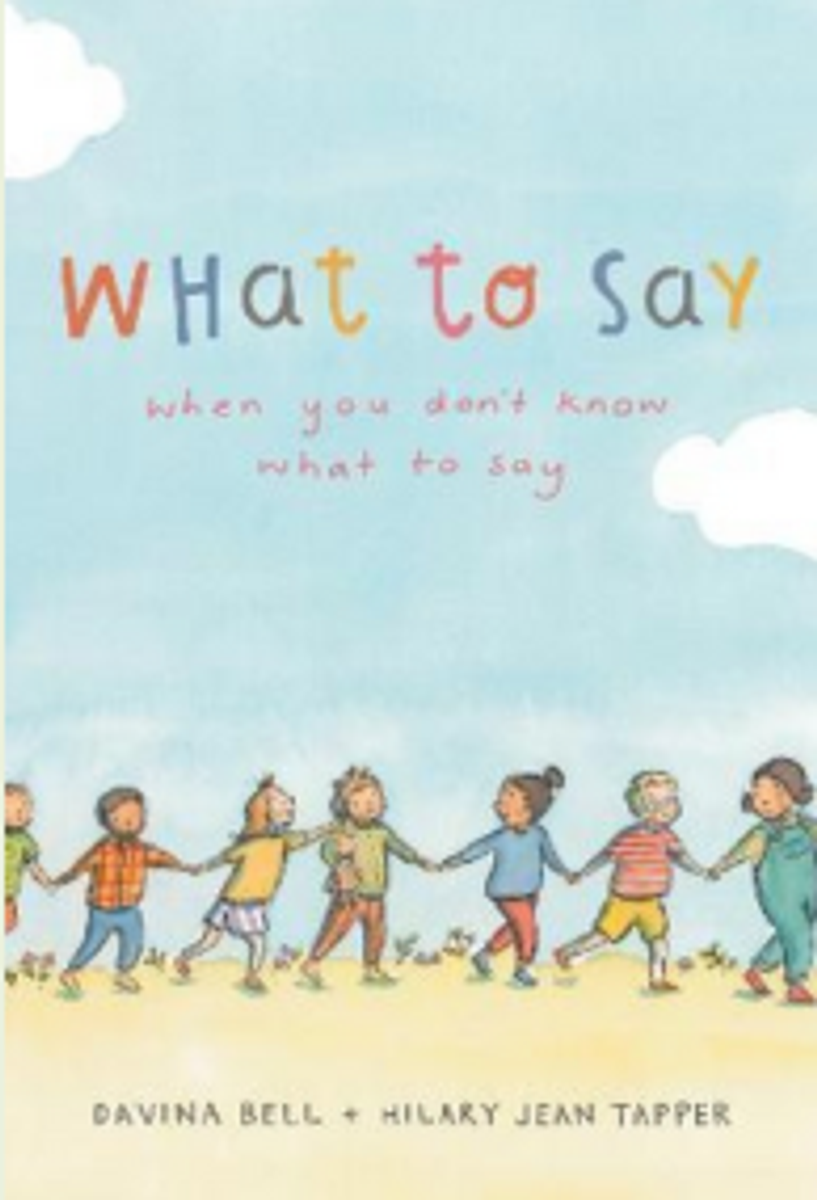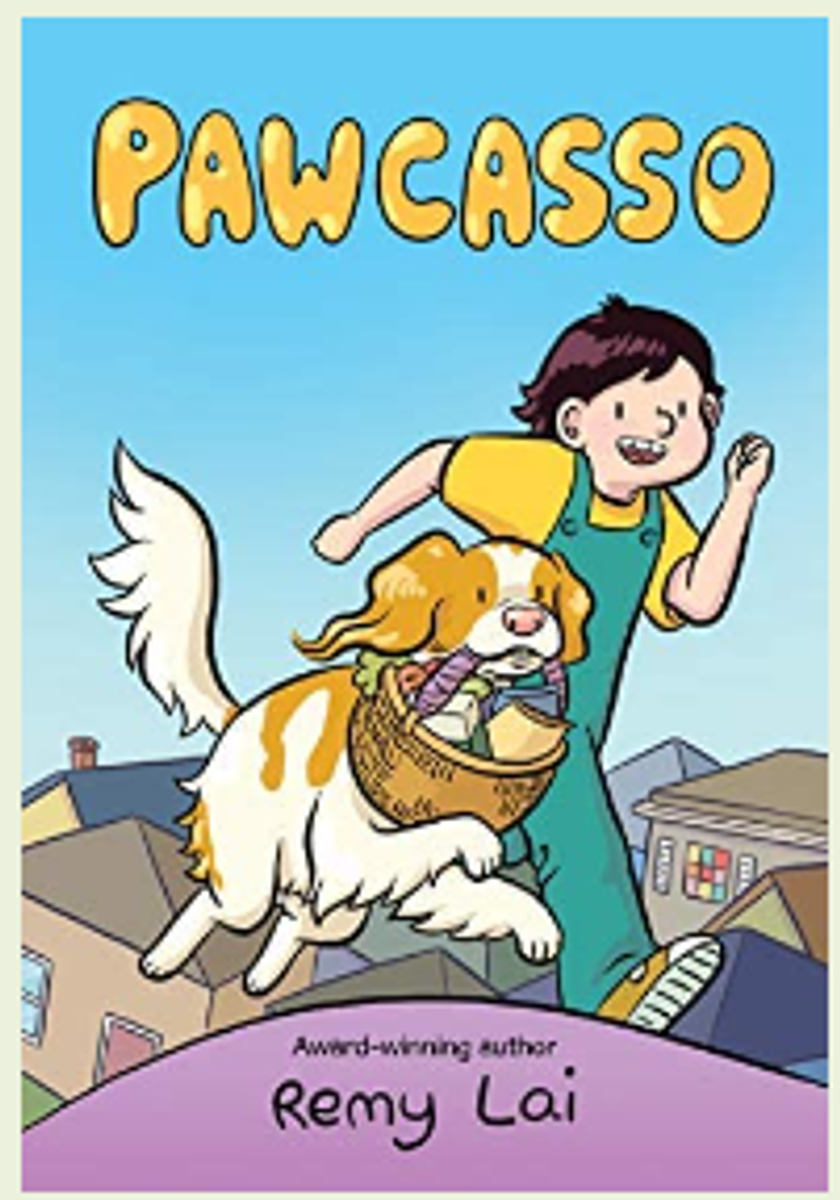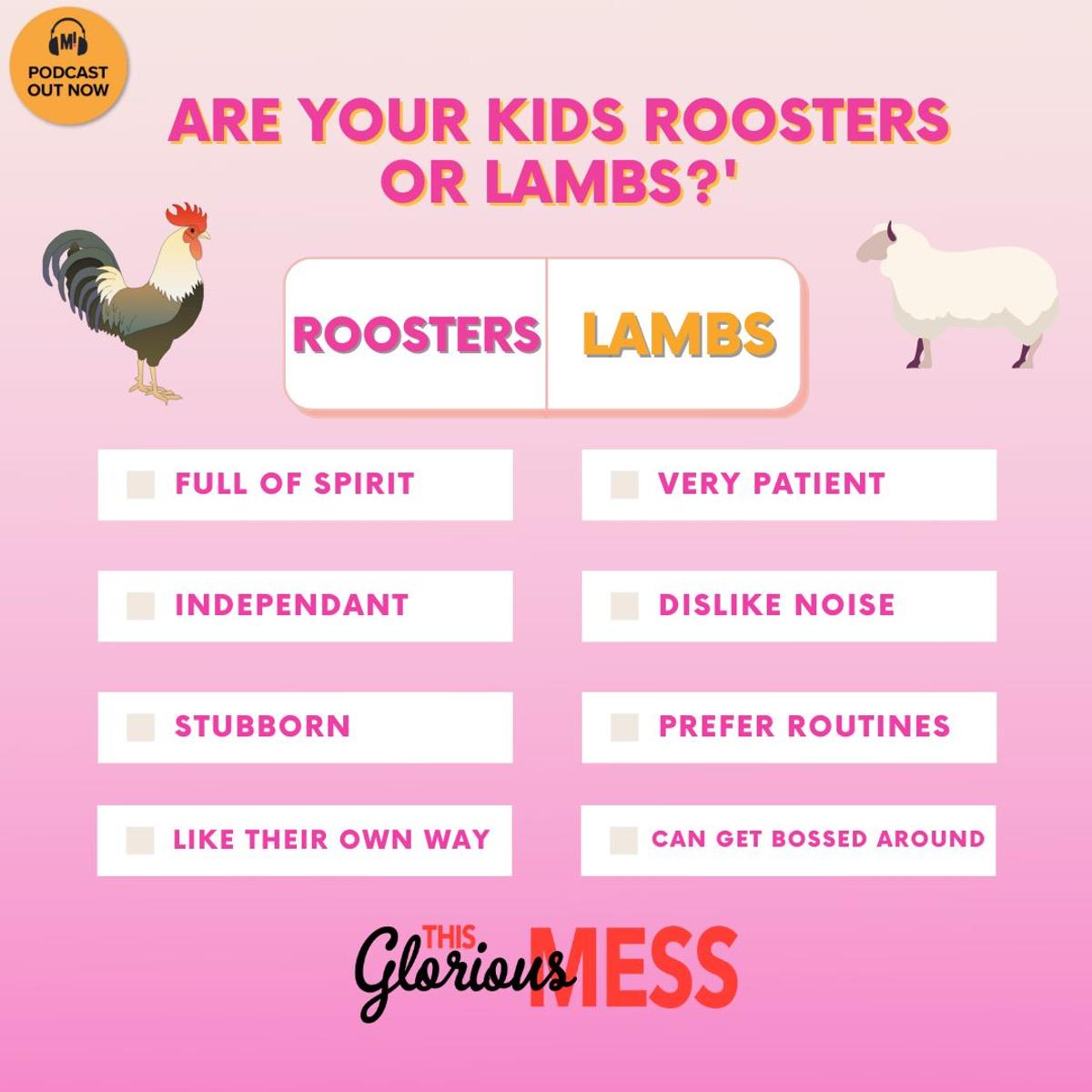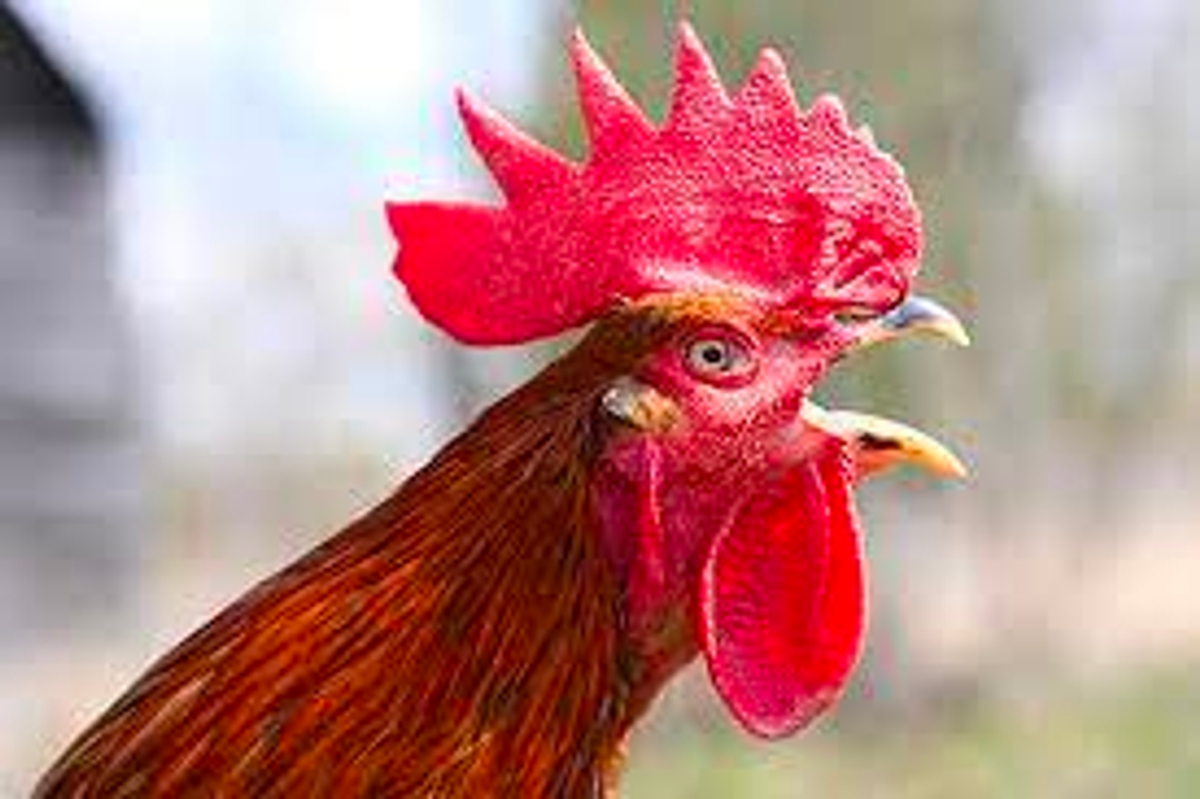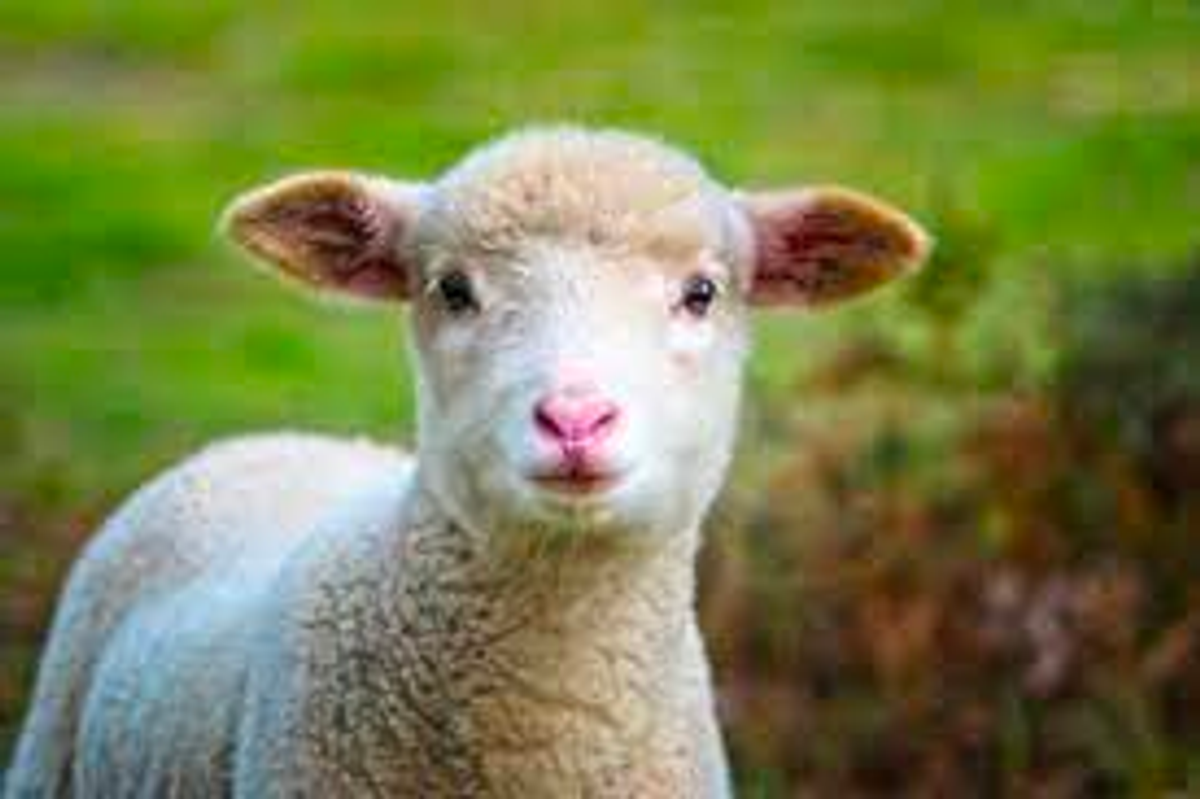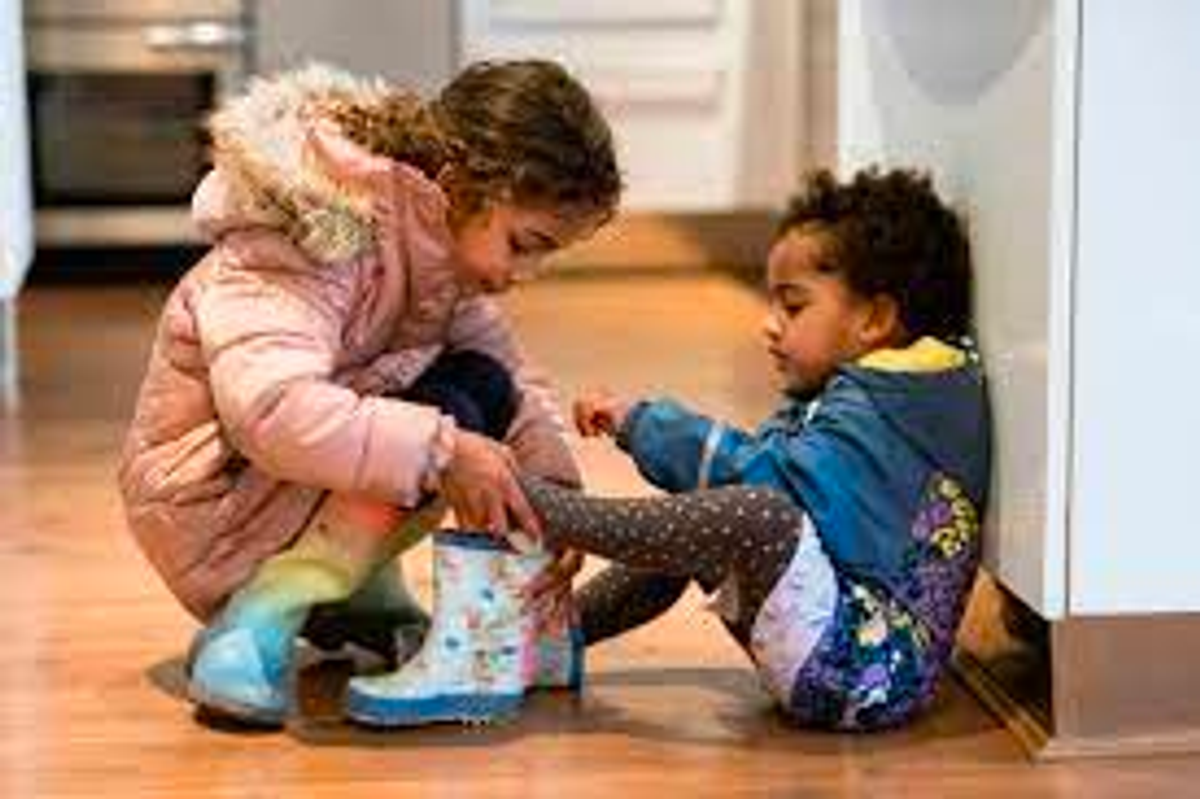Diverse Learning

Literature - National Simultaneous Storytime 2023
National Simultaneous Storytime (NSS) is held annually by the Australian Library and Information Association (ALIA). Every year a picture book, written and illustrated by an Australian author and illustrator, is read simultaneously in libraries, schools, pre-schools, childcare centres, family homes, bookshops and many other places around the country.
This year NSS takes place on Wednesday 24 May 2023 at 11:00am.
This year the students will read The Speedy Sloth by Rebecca Young. Our school will celebrate this event at school and Year 3B students will attend a special creative experience at De La Salle, collaborating with Year 7 students.
Gifted Awareness Week 2023
As part of our Gifted Awareness Week Celebrations, we have compiled a list of books to challenge, entertain and engage the avid reader.
Early Childhood/Lower Primary
What to Say When you Don't Know What to Say
Davina Bell and Hilary Jean Tapper
Littlelight
Kelly Canby
The Baddies
Julia Donaldson and Axel Scheffler
Middle Primary
Pawcasso
Remy Lai
The BEST Hiding Place
Jane Godwin and Sylvia Morris
When You're Older
Sofie Laguna and Judy Watson
Wiradjuri Country
Larry Brandy
Upper Primary
Runt
Craig Silvey
Dear Greta
Yvette Poshoglian
The Pack
Amanda Cley and Cecilia Ferri
Mrs Jo Ford
Instructional Specialist
Childen’s Temperaments – Roosters and Lambs
By Maggie Dent
Something we don’t talk about much anymore is that children are born with a certain temperament.
I call the temperament spectrum, “the rooster and lamb continuum”. Imagine the cartoon character Linus (from the Peanuts comic strip); he would be a lamb. Lambs are generally quieter children, more accommodating and content with life. They make us look like fantastic parents.
Then imagine Dennis the Menace; he would be a rooster. Roosters are often loud, strong-willed and full of beans. Roosters’ parents frequently feel like we’re doing a terrible job.
Roosters
If most nights you collapse on your couch from exhaustion because of the high energy levels of one of your children, you most likely have a rooster.
Typical rooster characteristics:
- independent
- stubborn
- argumentative
- selfish
- power-driven
- self-important
- dislike sharing
- impatient and impulsive
- fast learners
- angry
- entertaining
- adventurous
Roosters have a strong sense of their importance, a powerful character and can be highly spirited — not better or worse than being a lamb — just different. It is good to give them small opportunities to develop autonomy and independence, perhaps allowing them to be your “special helper”, to feel important and valued.
Parents who have children with rooster tendencies need to invest time and energy to build the ‘caring’ traits of emotional awareness, empathy and understanding before age five or their children will tend to be dominant, bossy or even a bully. This can causes problems when building friendships.
Rooster children often love challenge, change and adventure. They can get excited when these opportunities occur and can get frustrated if they have a lamb sibling who struggles with the same opportunities.
Give them plenty of opportunities to diffuse energy — especially in nature — whether that be through sport, fishing, bike riding; or even in creative pursuits such as dance or music.
One annoying trait of roosters is that they tend to question your parenting — often. If you can, bear in mind that this questioning is not because your child wants to annoy you, rather because they are seeking clarification of the choice you are making on their behalf.
This can cause parents angst, especially if we have expectations that children are meant to do as they are told or be seen and not heard. Ironically, if we want our children to grow up and value themselves and their choices, and to encourage self-assertiveness, we need to value and respect their needs and wishes by really hearing them.
Lambs
Some of the characteristics of lambs are:
- Sensitive to discipline
- Sleepy
- Distress easily
- Dislike loud noises
- Like solo time
- Withdrawing
- Shy
- Struggle with large social situations
- Patient
- Like routines
- Easy going.
Lambs can tend to be ‘slow to warm’ in social situations. This means that even with people they know they can take a while to be comfortable interacting.
Forcing children to connect or interact before they have ‘warmed up’ can be quite stressful and often make them more fearful. The same goes for shy children — slowly build confidence by respecting their sensitive nature.
As lambs often lack personal courage and confidence, it is important for parents to help build these emotional competences while they are under five if possible. Lambs need extra time building comforting patterns and attachment, and they love regularity and routine.
Encouraging them to take risks in their play and learning, and ensuring you build their capacity to be assertive and capable socially can really help lambs become stronger and more resilient. Never force a lamb to do something they are reluctant to do.
Often children born with a lamb temperament have the deep-seated desire to help others, whether they are animals or people. They have a natural degree of empathy from an early age and can sometimes become worried when things happen, even across the world. It is important to be mindful of the media that lambs are exposed to. They are easily scared and sometimes moments of terror can be etched into their mind forever.
Importantly, you should affirm and encourage the caring side of their nature while teaching them to be careful not to be used by others.
A delicate balance
Even though the role of temperament has a big influence on parenting choices, it is helpful to think of the continuum as a guide to what competences or qualities children need to develop in order to be a blend of both rooster and lamb traits.
In families, roosters and lambs can help each other — the roosters can help toughen up the lambs, and the lambs help to build sensitivity and gentleness in the roosters.
The ability to have a calm, harmonious home environment is determined by the loving connection that the children feel from their parents and that compassionate communication occurs between everyone — whatever their temperament.
This article is based on one of the chapters in Maggie’s book, 9 Things: A back-to-basics guide to calm, common-sense, connected parenting Birth-8.
This article was originally published in Parenting Ideas magazine.
Image credit: ©️ goce risteski /Adobe Stock – stock.adobe.com
https://www.maggiedent.com/blog/childens-temperaments-roosters-and-lambs/
Ms Janelle Schembri | Diverse Learning Coordinator


